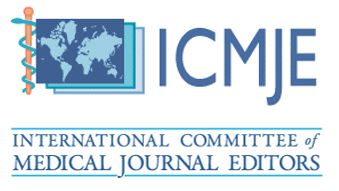Stratasys Printed 3-D Mandibular Molar with Tooth Anatomy and Texture
M. Austin White, DDS1*, Charles E. Taylor, PhD2, Edwin Key, MCDT3 and Albert F. McMullen III, DDS4
1 Post-graduate Endodontic Resident, Louisiana State University Health Science Center School of Dentistry, Department of Endodontics, Florida Ave, New Orleans, LA, USA.
2 Assistant Professor of Research, Prosthodontics, Louisiana State University Health Science Center School of Dentistry, Department of Endodontics, Florida Ave, New Orleans, LA, USA.
3 Professor, Prosthodontics, Louisiana State University Health Science Center School of Dentistry, Department of Prosthodontics, Florida Ave, New Orleans LA, USA
4 Director of Post-graduate Endodontics Louisiana State University Health Science Center School of Dentistry, Department of Endodontics, Florida Ave, New Orleans, LA, USA.
*Corresponding Author: M. Austin White, DDS, Post-graduate Endodontic Resident, Louisiana State University Health Science Center School of Dentistry, Department of Endodontics, Florida Ave, New Orleans, LA, USA.
DOI: https://doi.org/10.58624/SVOADE.2024.05.0181
Received: May 08, 2024 Published: July 25, 2024
Abstract
Introduction: We used CBCT scans of a human mandibular molar in concert with the Stratasys 3-D printer to fabricate said teeth with similar texture and hardness to enamel, dentin, and cementum. The printed tooth should also have the same crown and root anatomy, as well as root canal anatomy of the scanned tooth.
Methods: One mandibular first molar was scanned (Carestream Dental CS 9600 CBCT) and printed (Stratasys 3D multi-material printer). A (Micromet 5104) hardness tester was used to test the hardness of the printed tooth. Nine combinations of two different materials (Stratasys’ Vero Pure White and Agilus 30 Clear material) were used to print the tooth. A Vickers’s hardness test was performed on each of the nine combinations to determine whether or not the printed tooth had a similar hardness to a natural tooth.
Results: This study illustrated that the methods utilized can accurately replicate the root canal and external anatomy of a human mandibular molar [p>0.05]. We also attempted to identify a Stratasys printed plastic material with the same hardness as enamel, dentin, and cementum. In the printed tooth all three printed entities were softer than their natural counterparts.
Conclusions: Based on our results, we could not adequately create printed teeth with the same harness as natural teeth [p<0.05]. More research and development needs to be invested into this endeavor to accomplish such.
Clinical Significance: CBCT scans with the Stratasys 3D printer fabricates teeth with the same root canal anatomy seen in the actual teeth. Utilization of this technology will aid in the training of dentists and dental hygienists without the use of actual teeth.
Keywords: Stratasys, 3D Printing, Carestream, Micromet, Invesalius.
Citation: White MA, Taylor CE, Key E, McMullen AF. Stratasys Printed 3-D Mandibular Molar with Tooth Anatomy and Texture. SVOA Dentistry 2024, 5:4, 120-125. doi. 10.58624/SVOADE.2024.05.0181











